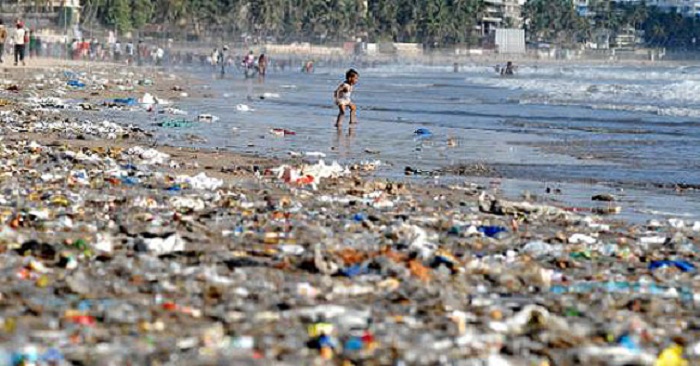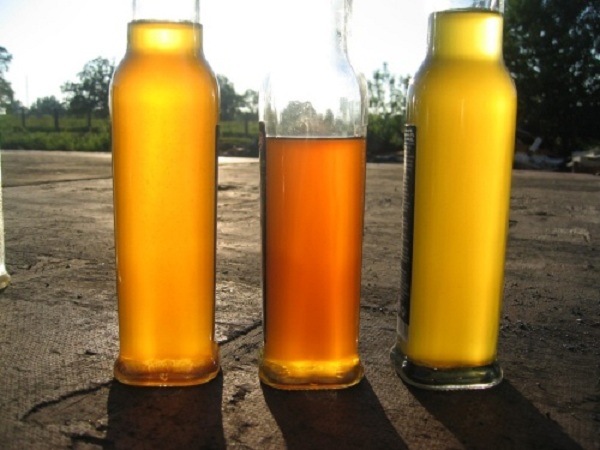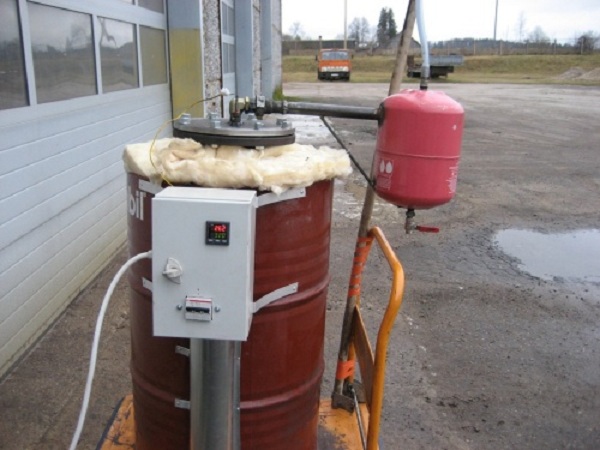All around the globe companies and individuals are starting to produce fuel from waste plastic. As only 8% of waste plastic is recycled in the U.S., 15% in Western Europe, and much less in developing countries, this reuse of plastic could potentially keep enormous amounts of plastic out of landfills and out of the oceans.
Why Plastic Waste Is A Problem
Over 500 billion pounds of new plastic is manufactured each year and roughly 33% of that is single use and thrown away. As so little plastic is recycled, we need to reframe plastic waste as an underused resource vs. one that’s destined for the landfill.
If all plastic waste made it into the landfill, it would surely be mined in the future, but currently all plastic waste does not make it into our landfills. The United Nations estimates plastic accounts for four-fifths of the accumulated garbage in the world’s oceans. We need to stop polluting our oceans with plastic before it is too late, and start collecting all plastics suitable for this new, fairly simple, technology, a technology that is available now.

Image via: coastalcare.org
How Plastic Waste Is Turned Into Fuel
The technology is not overly complicated. plastics are shredded and then heated in an oxygen-free chamber (known as pyrolysis) to about 400 degrees celsius. As the plastics boil, gas is separated out and often reused to fuel the machine itself.
The fuel is then distilled and filtered. Because the entire process takes place inside a vacuum and the plastic is melted – not burned, minimal to no resultant toxins are released into the air, as all the gases and or sludge are reused to fuel the machine.
What Plastic Can Be Used?
For this technology, the type of plastic you convert to fuel is important. If you burn pure hydrocarbons, such as polyethylene (PE) and polypropylene (PP), you will produce a fuel that burns fairly clean. But burn PVC, and large amounts of chlorine will corrode the reactor and pollute the environment.
Burning PETE releases oxygen into the oxygen deprived chamber thereby slowing the processing, and PETE recycles efficiently at recycling centers, so it is best to recycle PETE traditionally. HDPE (jugs) and LDPE (bags and films) are basically polyethylene so usable as fuel as well, just slightly more polluting as a thicker heavier fuel is created. But additional processing can turn even HDPE into a clean diesel.

“Polyethylene and polypropylene are pure hydrocarbons, only they are arranged in long chains. If you chop those chains into shorter ones, you get oil, if you chop them even shorter, you get diesel, and if you chop them again, you get gasoline and eventually burnable gas.” www.energeticforum.com
Machines That Turn Plastic To Fuel
In Niagara Falls, NY, John Bordynuik’s ‘Plastic Eating Monster‘ can even vaporize thick HDPE plastic into a cleaner burning number 2 fuel. Put plastic in one end of the machine and out the other end comes diesel, petroleum distillate, light naphtha and gases such as methane, ethane, butane and propane.
The machine accepts unwashed, unsorted waste plastics, composites and commingled materials and returns about 1 gallon of fuel from 8.3 pounds of plastic. And the processor uses its own off-gases as fuel, therefore using minimal energy to run the machine. John has two massive steel processors up and running, with financing secured for three more to be built in the very near future.
In the Philippines, Poly-Green Technology and Resources Inc. was started by Jayme Navarro whose sister asked him to come up with a way to recycle plastic bags. A plant is being built that will produce 5,000 kilos of fuel per day. www.polygreen.com.ph
Plastic to Fuel Power Plants
Cynar in the UK likes to call their product ‘End of Life Plastic to Diesel’ or ELPD. Their technology converts mixed Waste Plastics into synthetic fuels that are cleaner, low in sulphur and in the case of the diesel, a higher cetane than generic diesel fuel.
They have two plants running in Spain. Each Cynar plant can process up to 20 tons of End of Life Plastic per day, producing 5,000 gallons (19,000 litres) of high quality liquid fuels at a conversion rate of 95%.
Cynar will be supplying Jeremy Rowsell, a British insurance industry executive who lives in Australia, with all the plastic waste fuel he needs to fly a single-engine Cessna from Sydney to London this winter. Fuel will be in place at about 10 locations along the 10,500-mile route. The solo journey dubbed ‘On Wings of Waste‘ is intended to heighten awareness of this new fuel.
The Future of Plastic to Fuel
Of course, it would be the best if there were widespread environmentally friendly plastics in use, but in the meantime, recycling existing plastics into fuel would keep the plastics out of our waterways. This process is also excellent for difficult to recycle PP and PE plastics like bottle caps, appliance plastics, nursery planters and dirty plastics such as meat wrappings. This process is not suitable for PVC or polystyrene (styrofoam). This technology could also reduce carting issues, as companies that deal with plastic waste could build mini-burners on location. I am ready for a plastic collection can on my corner, how about you?
Plastic to Fuel Companies
Japan. Sells International: e-n-ergy.com
UK: Cynar produces a synthetic fuel suitable for all internal combustion engines: cynarplc.com
Atalanta, GA: Nexus Fuels
Washington, DC: envion.com. Boasts easy installation, high efficiency, no second-time pollution. Plant converts 6,000 tons of plastic into nearly a million barrels yearly.
Circle Pines, MN and International: polymerenergy.com
They have a modular unit that produces 775 liters of fuel for every ton of plastic waste processed. System capacity is rated at 185 tons per month.
New York/Canada: JBI, Inc. plastic2oil.com
20-ton processor, 4,000 lbs. of plastic feedstock per machine per hour.
Phillipines: polygreen.com.
5,000 kilos of fuel per day.
Hong Kong: Ecotech Recycling Social Enterprise. Prototype machine can process three tons of plastic waste into 1,000 liters of fuel oil per day.
Las Vegas, NV: general@quadraprojects.net
Plastic to Fuel Resources
UNEP Policy Brief on Plastic Waste: unep.org
Northeastern University turns plastic waste into energy to drive generators: phys.org
DIY for under $800.: energeticforum.com
Peswiki Plastic and Energy page: peswiki.com

This homemade device converts around 25 kg of shredded plastic into 24 litres of diesel in 4 hours. emuprim.lv







